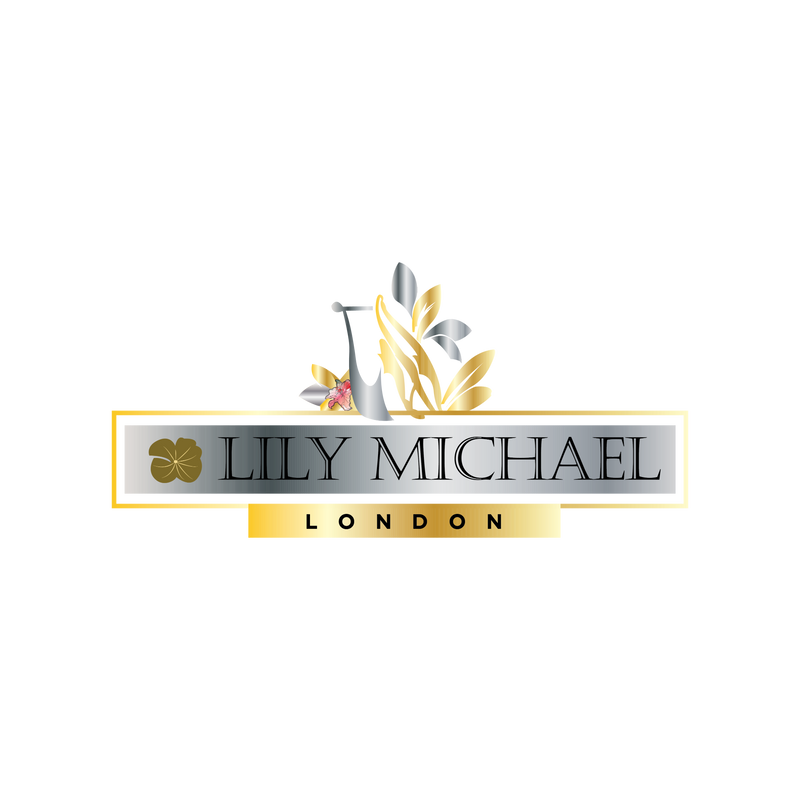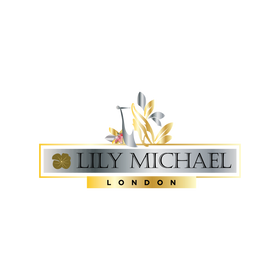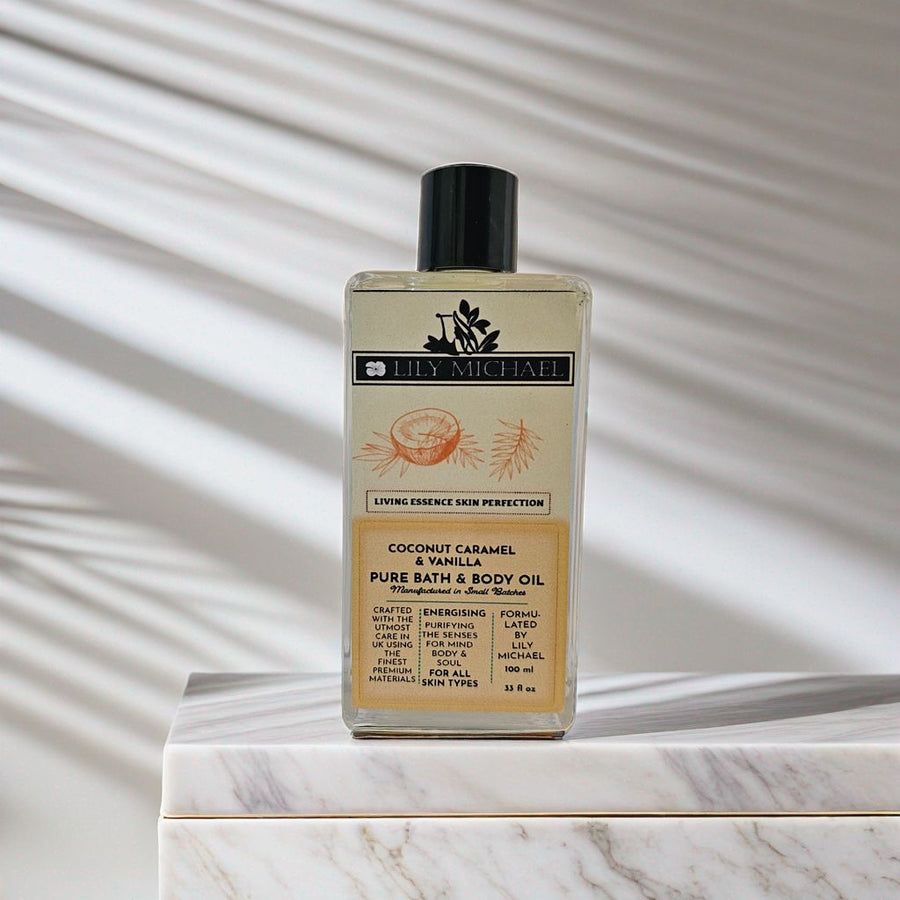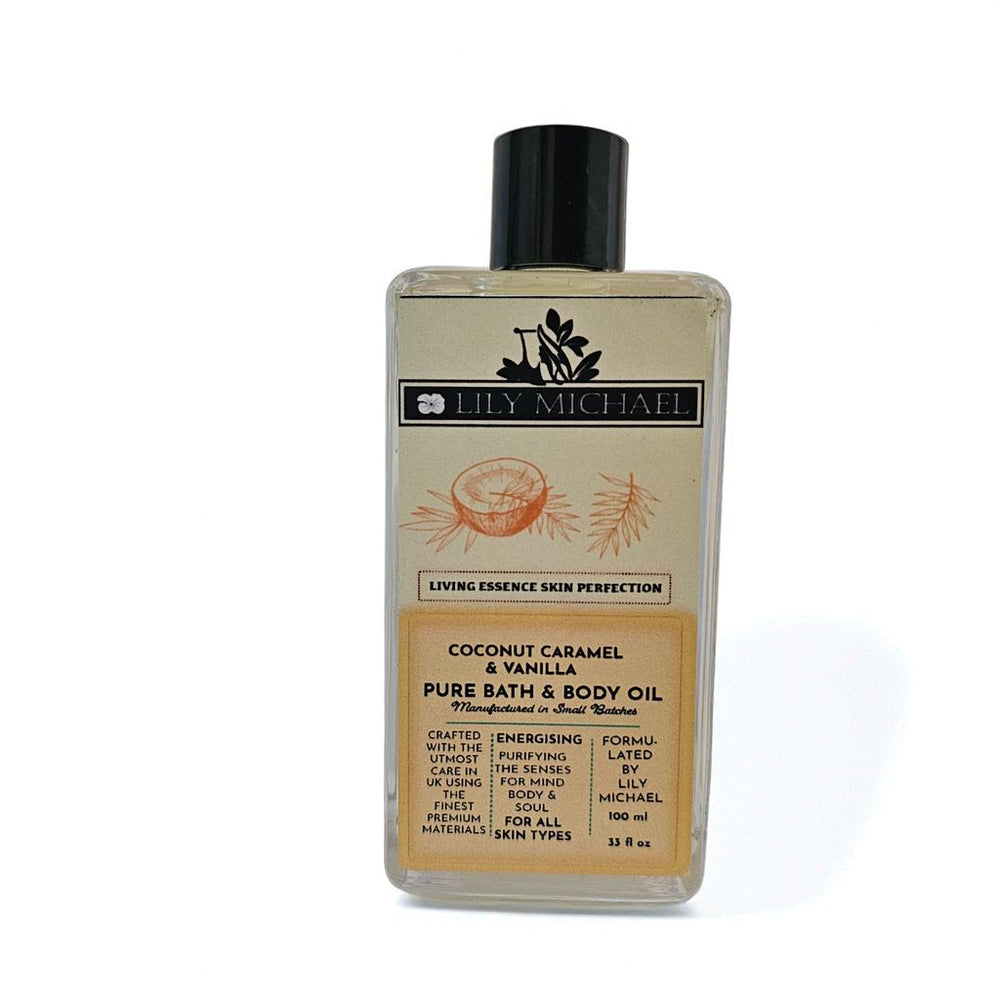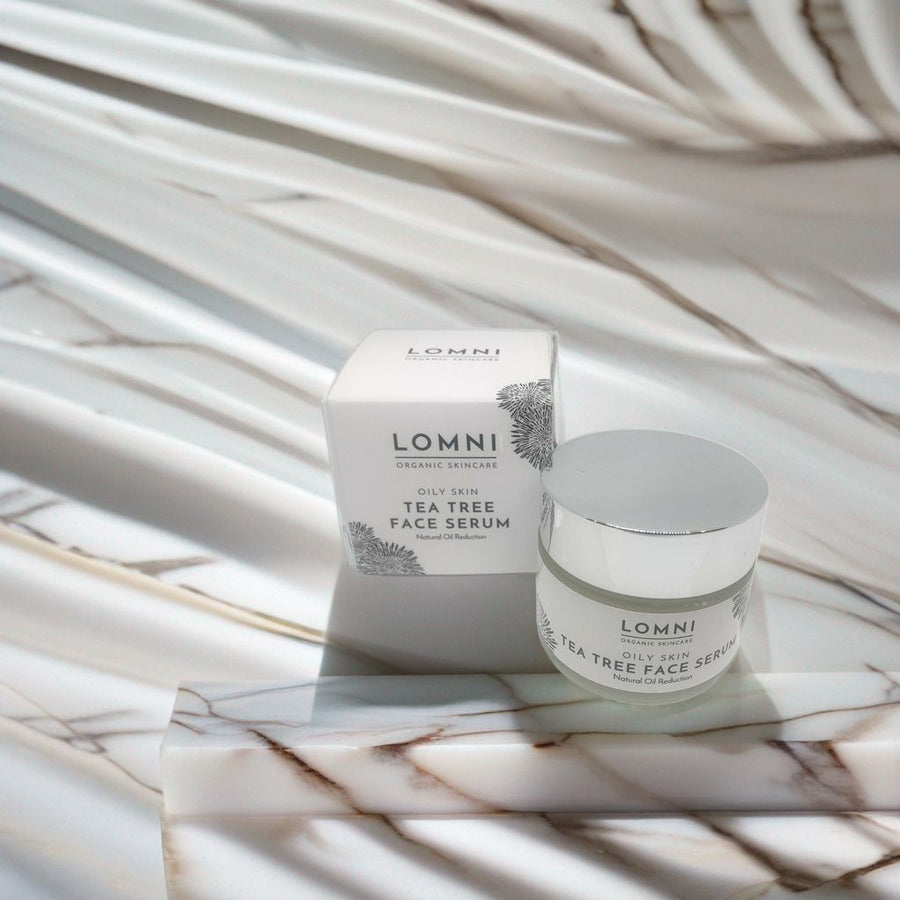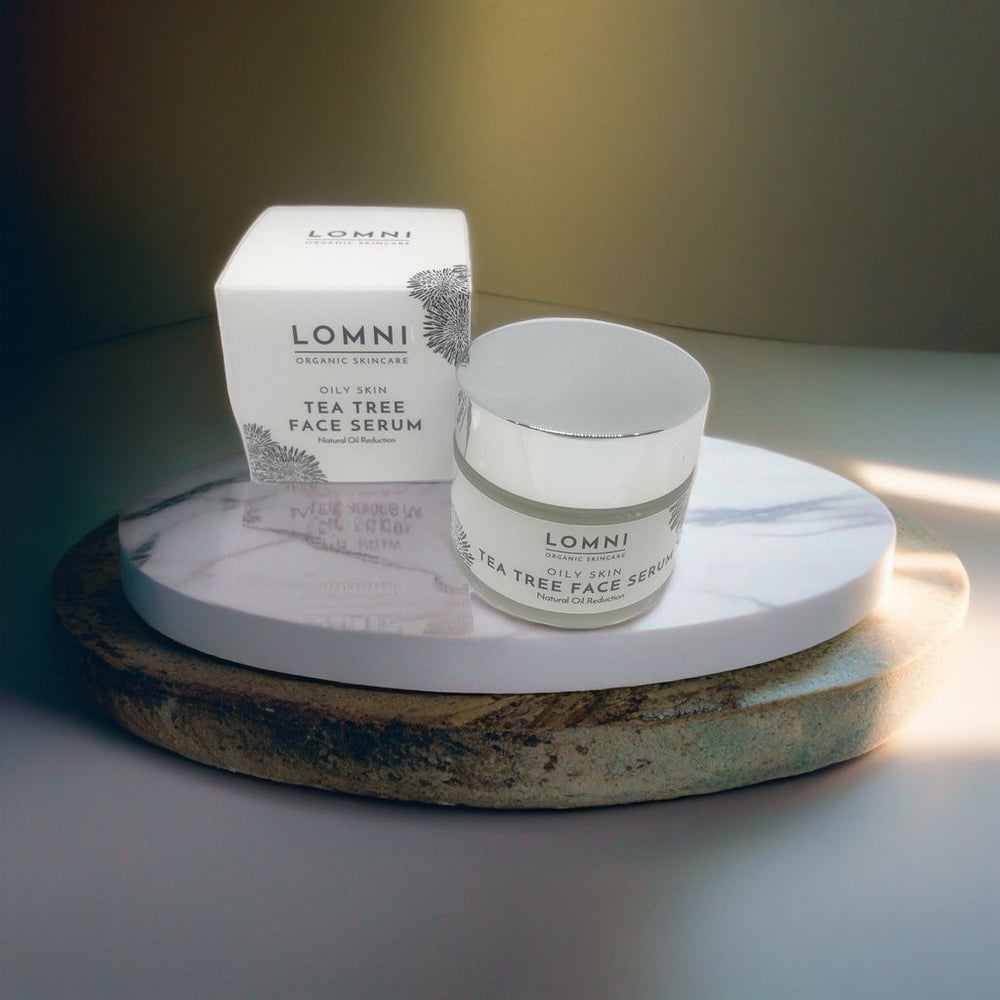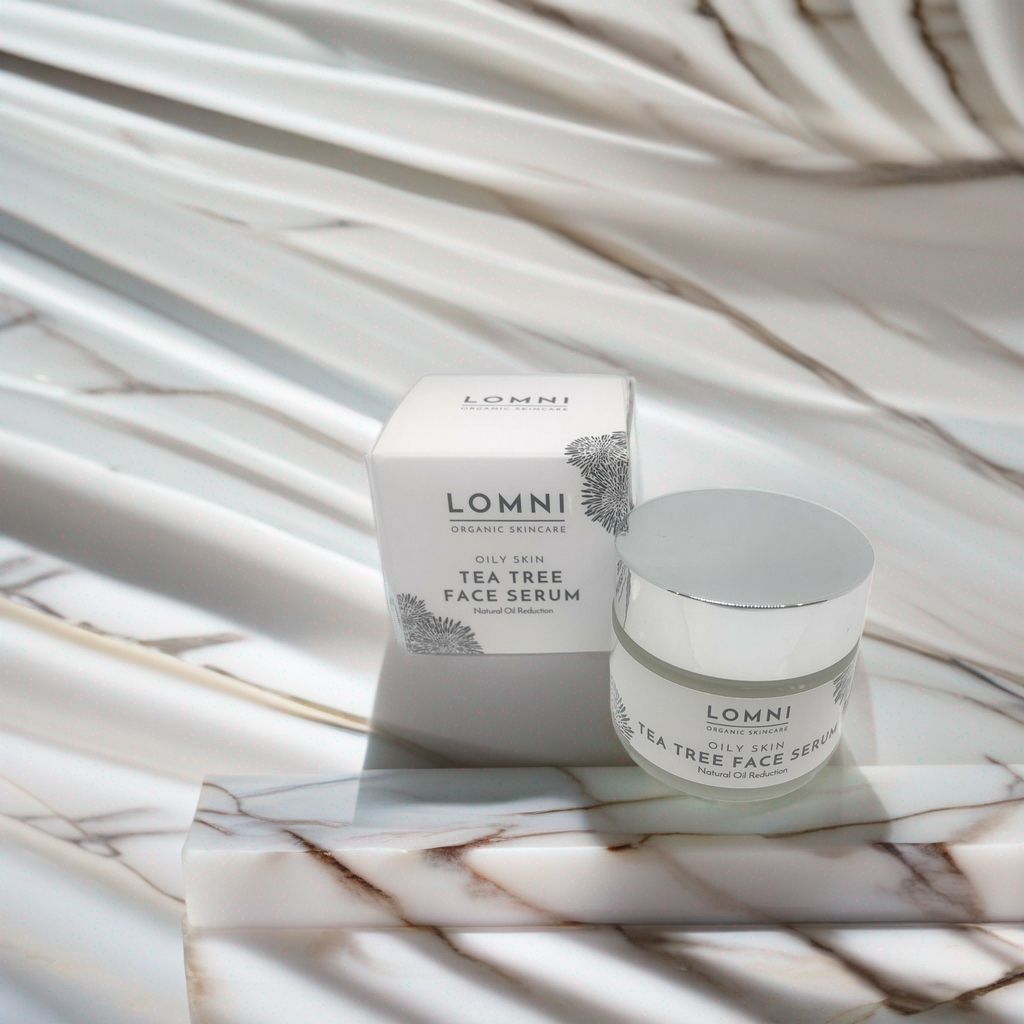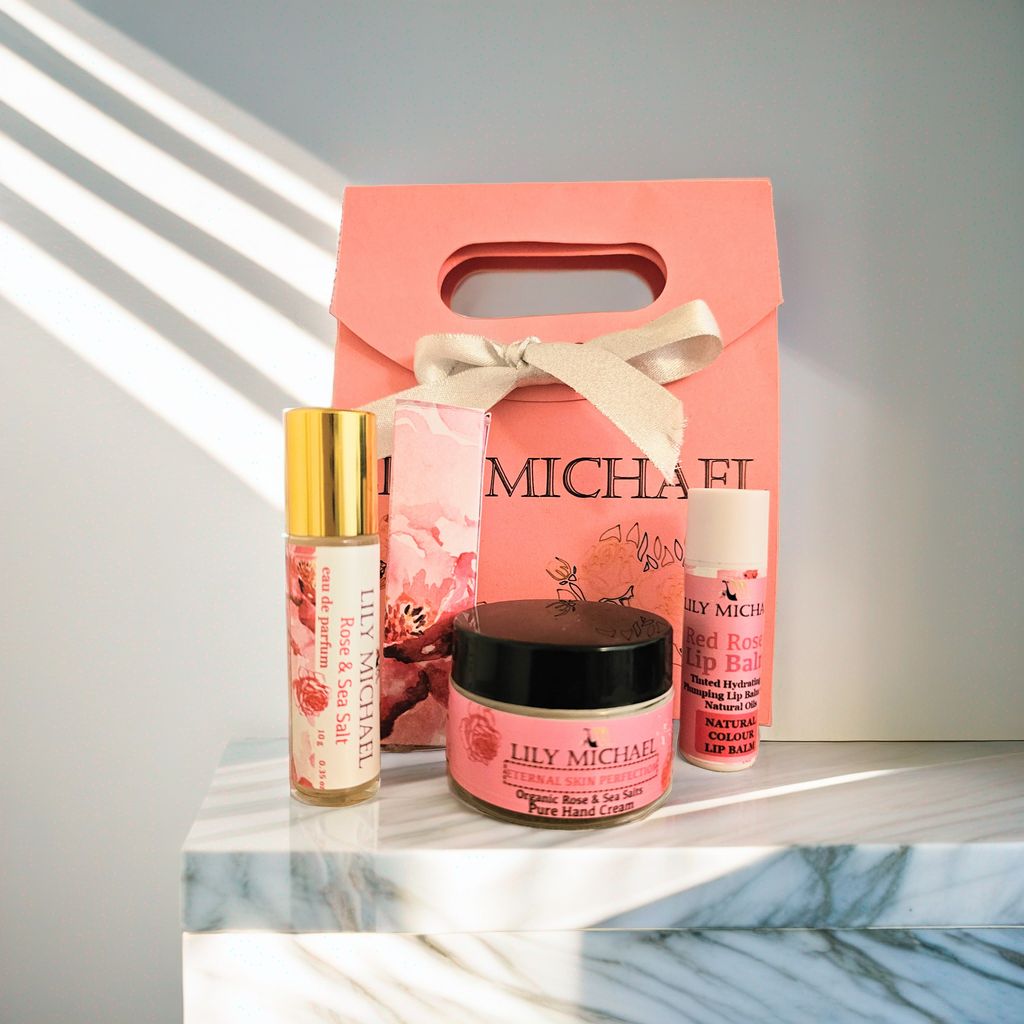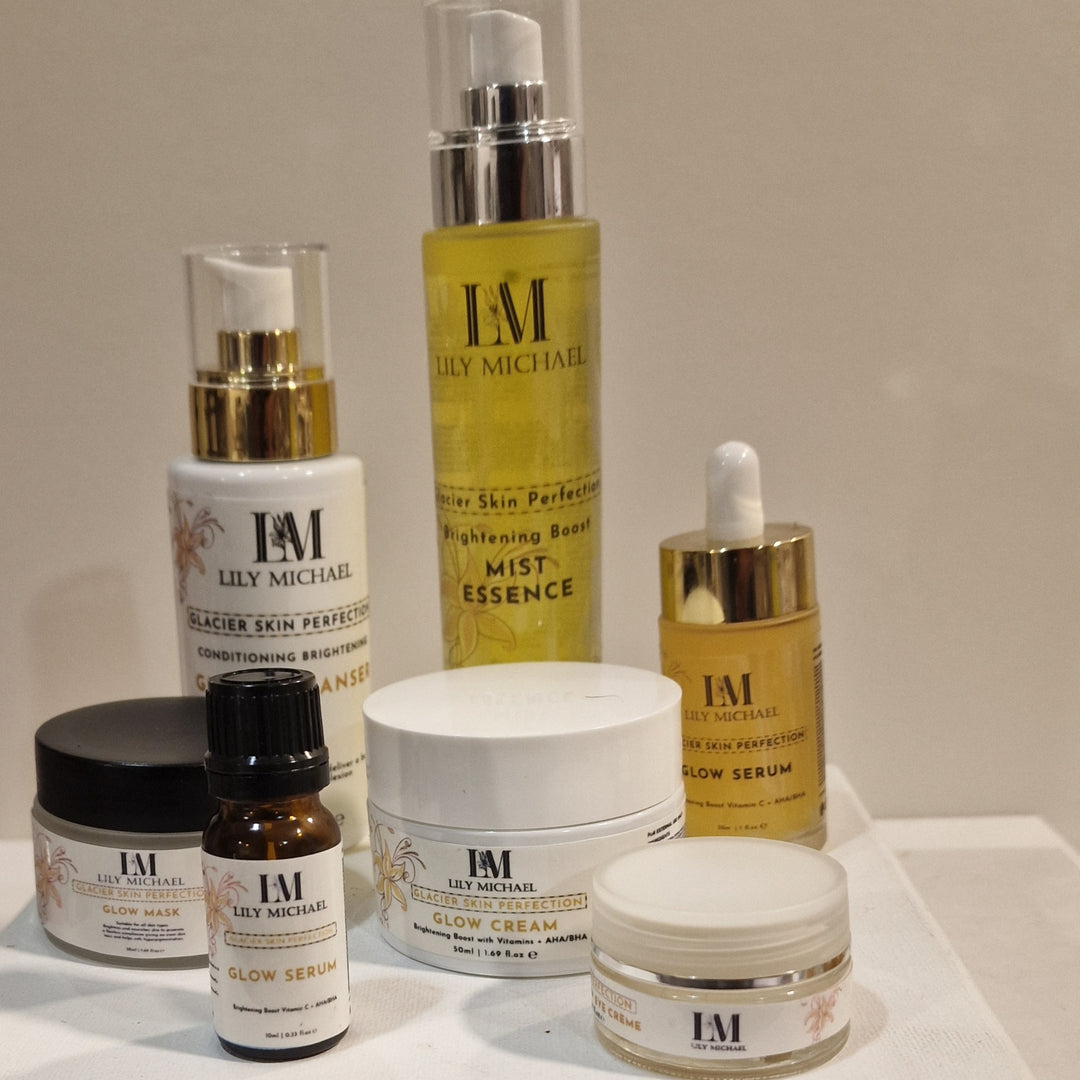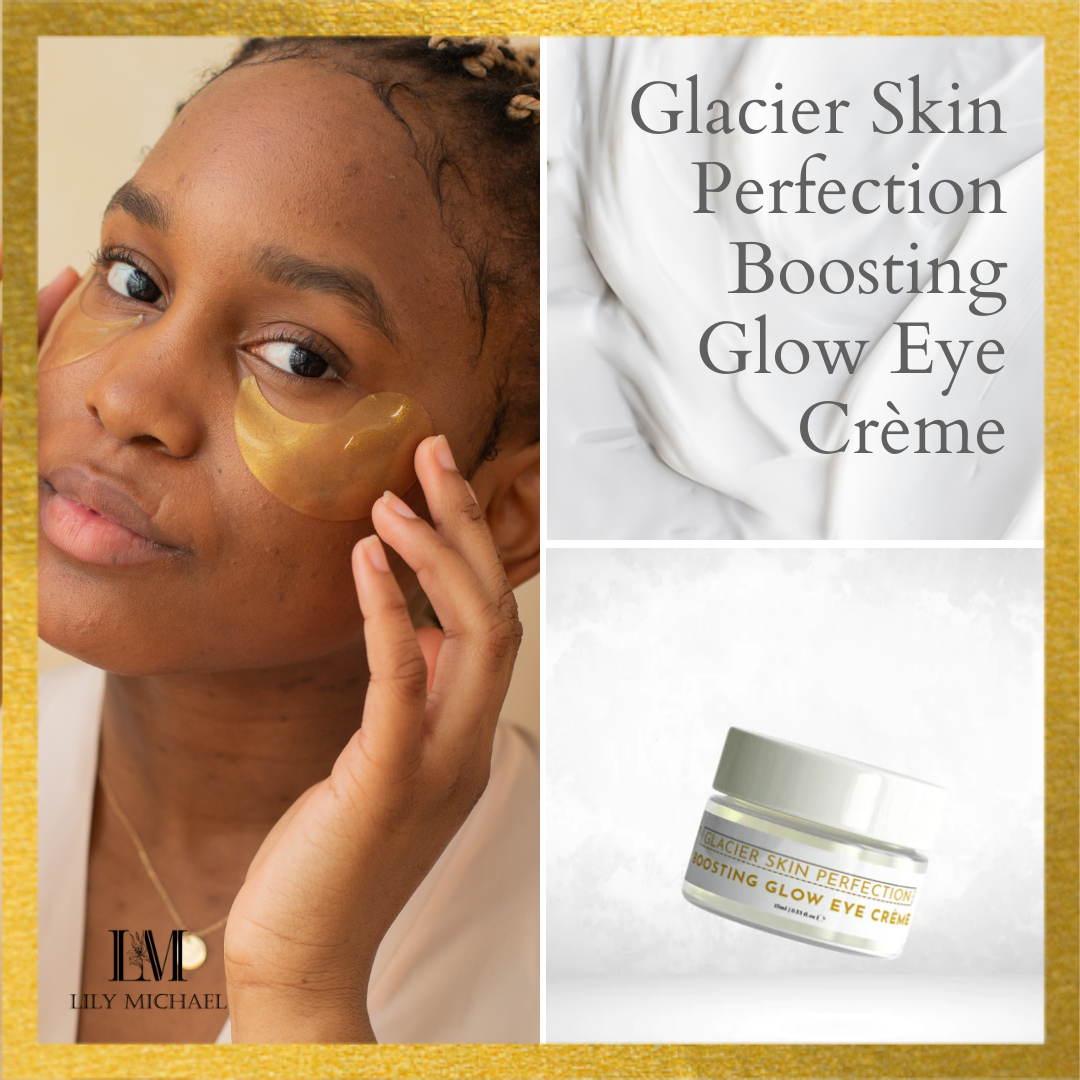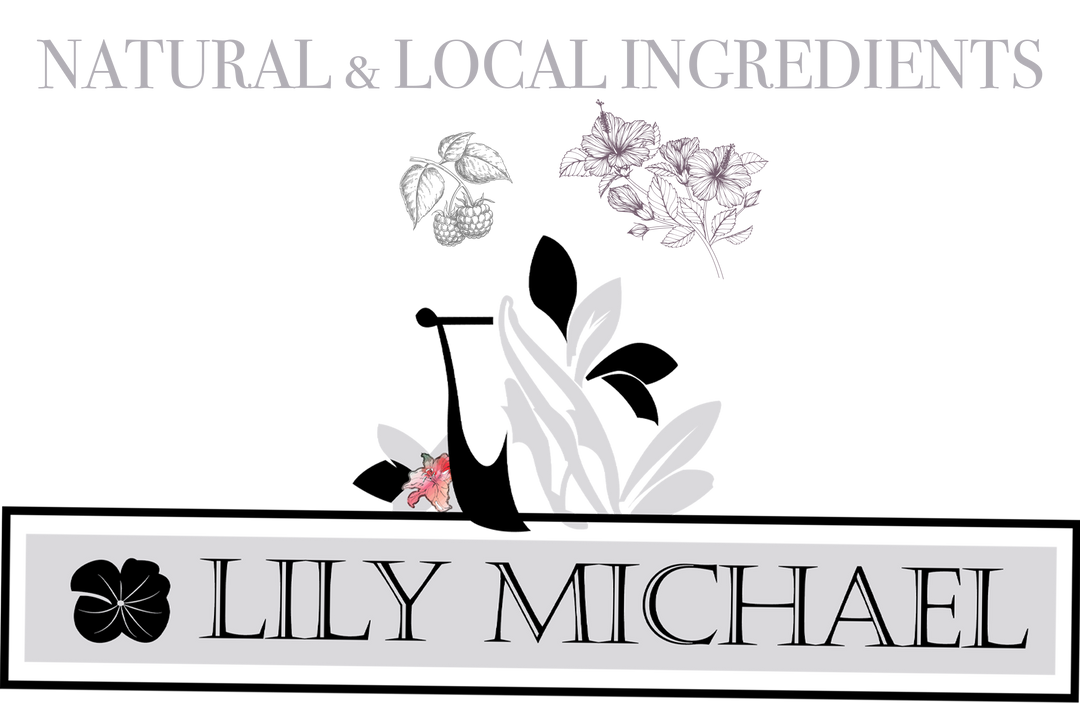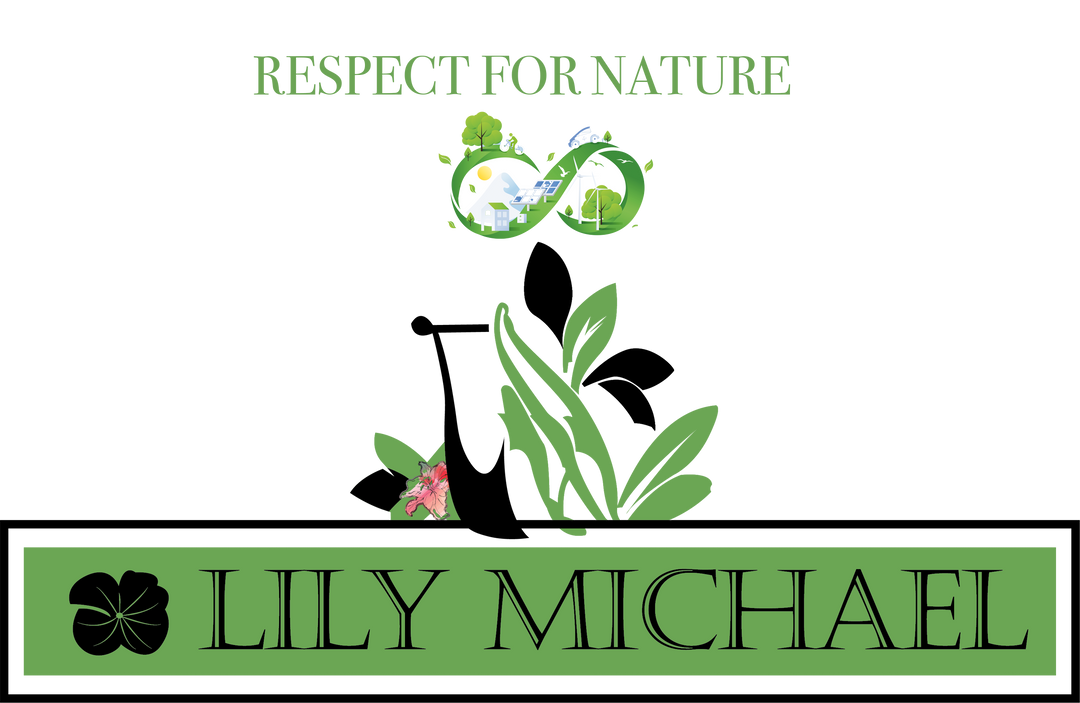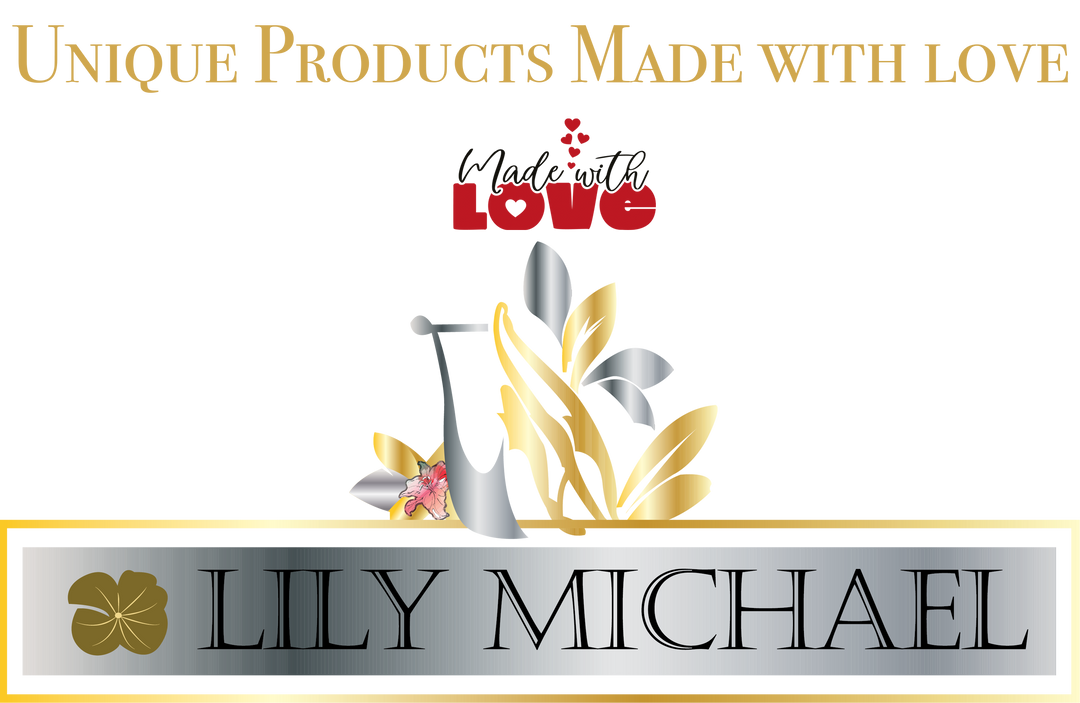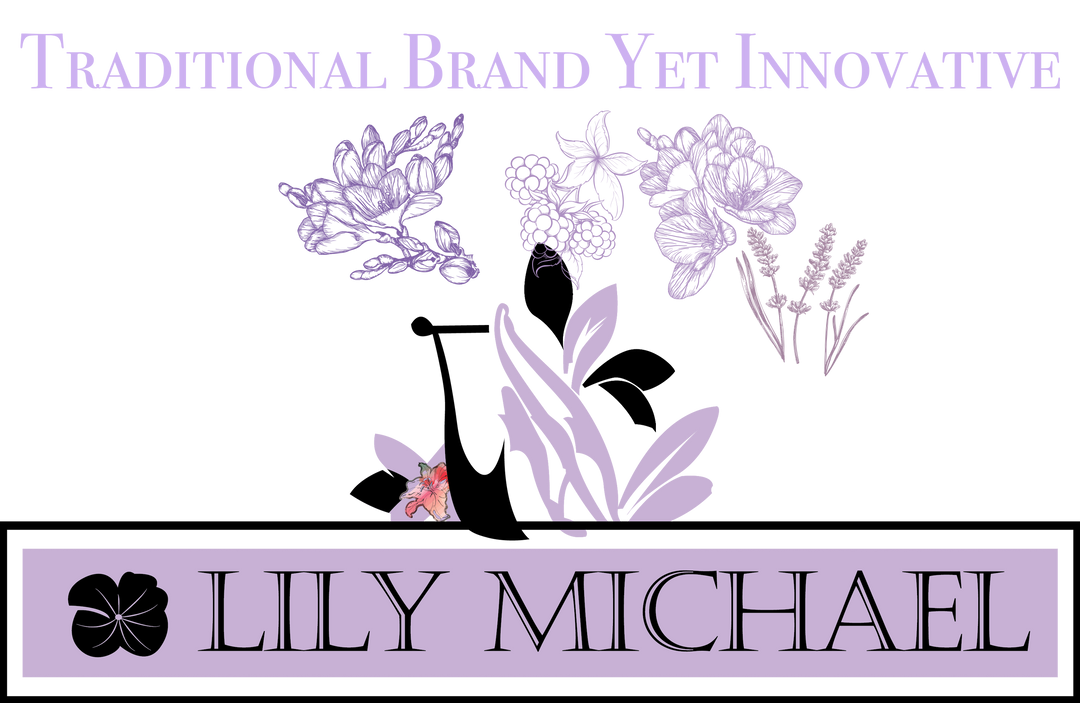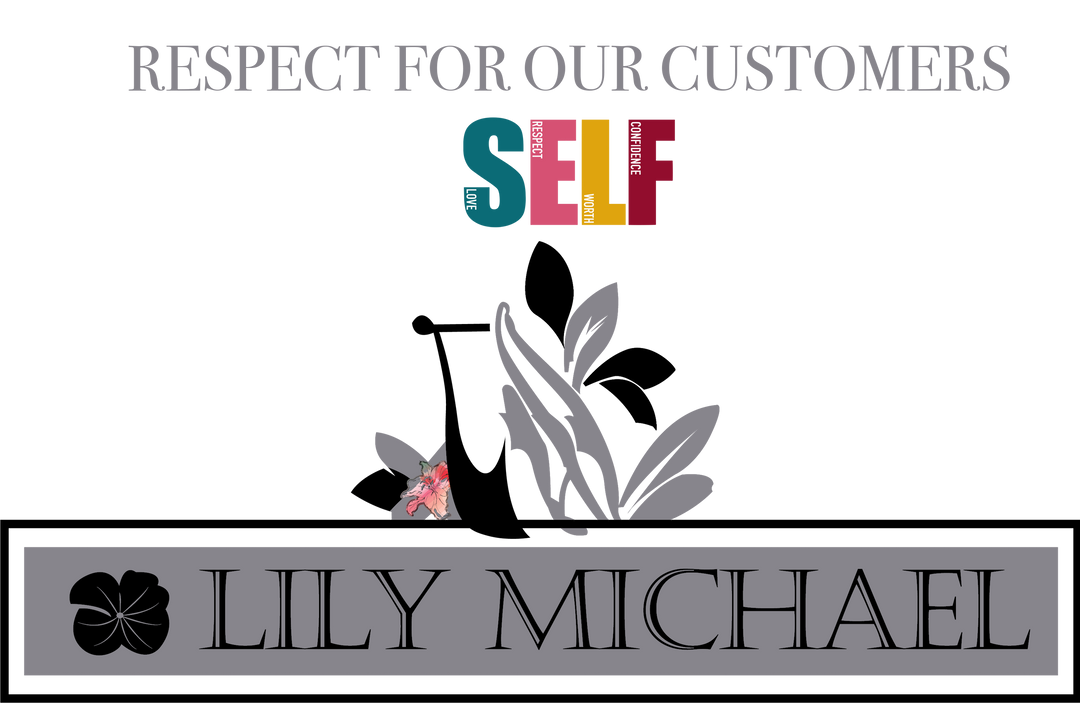A Guide to Understanding the Risks and Benefits of Preservatives in Skincare
The use of preservatives in skincare products has been a long-debated topic by consumers. While preservatives are necessary to extend the shelf life and safety of products, some chemicals within these substances may be potentially harmful or irritating for sensitive skin. In this guide, we will discuss the risks, benefits, and other considerations surrounding the use of preservatives in skincare.
What is a Preservative?
A preservative is an ingredient used in skincare products to prolong their shelf life and stability. Common preservatives such as parabens, formaldehyde releasers, and phenoxyethanol are synthetically produced and destroy or inhibit the growth of microorganisms found in products that contain water or oils, preventing them from becoming contaminated.
While using preservatives may give us a longer product shelf life, they can also bring with them undesirable side effects. Though preservatives like parabens have been used for more than 40 years and are generally accepted as safe, the potential health risks associated with them—which remain largely unclear—are of increasing concern among some experts. Furthermore, these chemicals can cause irritation to sensitive skin and eyes, as well as allergic reactions in some users. It is important to be an informed consumer and make sure you know what kinds of preservatives are in the products that you’re buying.
What are the Risks of Preservatives in Skincare?
The safety of preservatives in skincare has been questioned in recent years due to the potential health risks associated with them. Studies have suggested that exposure to some of these ingredients can lead to skin irritation and sensitivity, allergic reactions, and even long-term harmful effects on human health. It’s important to research any preservative before adding it to a product, paying particular attention to its recommended concentration level and what potential risks could be associated with it.
Furthermore, it’s important to understand that not all preservatives are created equal. Some preservative chemicals can break down naturally in the environment or within the skincare product itself, whereas others do not biodegrade or simply linger longer. Consumers should always be aware of how their choice of products could impact both their own health and the environment’s wellbeing. A good way to ensure the safety of a particular ingredient is to avoid any product containing parabens or formaldehyde releasing chemical preservatives as these are known to have adverse effects on human physiology.
What are the Benefits of Preservatives in Skincare?
Despite their potential risks, there are several key benefits of using preservatives in skincare. First and foremost, preservatives help to extend the shelf life of topical products, which can range from about six months up to a few years. With fewer contamination risks, these products tend to last longer on store shelves and give customers the product freshness they desire. Additionally, if done correctly and within safe limits, preservatives can minimise fungal or bacterial growth that can lead to infection or skin irritation.
Additionally, preservatives can help skincare products maintain their texture and establish a more appealing appearance. For companies manufacturing large batches of these products, the addition of preservatives can save time, money, and resources since they do not require additional steps in the production process to keep them safe for long-term use. Preservatives are also beneficial because they help with product stabilisation during transport and storage by keeping formulation ingredients mixed evenly. This helps to avoid changes in consistency or separation of incompatible materials.
How do preservatives work in skincare products?
Preservatives help protect skincare products by preventing microorganisms from growing or multiplying in them. This is done through antimicrobial activity or ingredient interactions, which make it difficult for bacteria, fungi, and other microbes to reproduce successfully. The types of preservatives used can vary, but some commonly seen on labels include parabens, formaldehyde releasers, benzyl alcohol, and phenoxyethanol. It’s important to understand the purpose of each preservative used in a product before using it and always follow directions for proper use.
